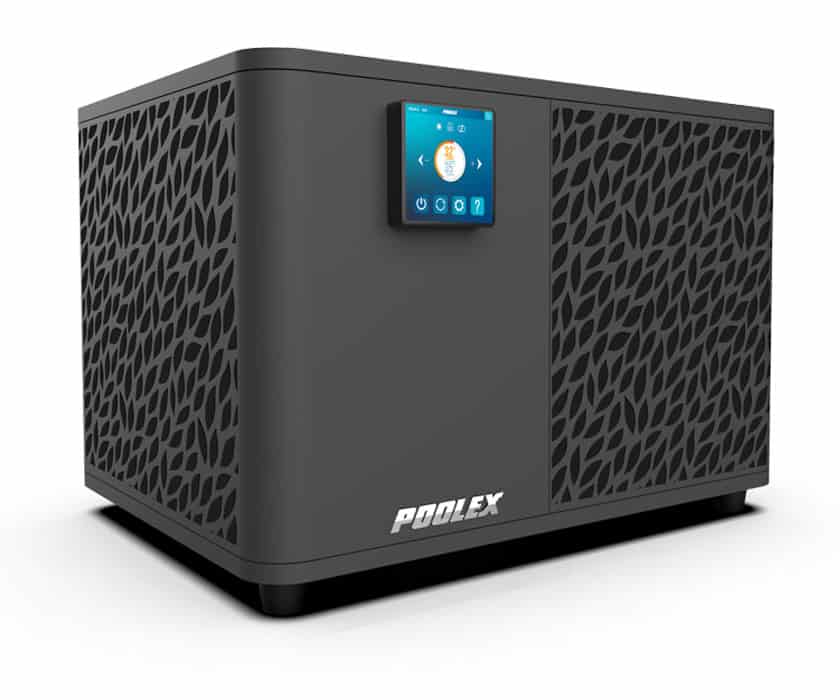
News
Taking Energy Efficiency to the Next Level: Air Source Heat Pump vs Traditional Heating in Sundance Spas
When it comes to hot tub energy efficiency, Sundance Spas already leads the industry. Their advanced insulation systems and smart heating technologies have set the benchmark for energy-conscious hot tub design. But what happens when you take an already efficient system and enhance it further? Our recent data comparison reveals some remarkable findings.
The Setup
We compared two Sundance Spas hot tubs over a 14-day period:
- Hot Tub A: Fitted with a SpaWer IceSpa 5kW Inverter Heat Pump
- Hot Tub B: Using traditional heating system
What makes this comparison particularly interesting is the usage pattern:
- Hot Tub A (with heat pump) was used by a family, often multiple times per day
- Hot Tub B (traditional heating) was used less frequently by a couple
The Results
Despite higher usage intensity, the heat pump-equipped spa showed significantly lower energy consumption:
- With Heat Pump: 4.42 kWh per day average
- Traditional Heating: 7.79 kWh per day average
- Energy Reduction: 43.3%
Data Collection
All energy usage data was collected through Sundance Spas’ built-in SmartTub™ technology. This innovative system not only provides accurate energy monitoring but also offers a suite of features including:
- Real-time energy consumption tracking
- Remote temperature control
- Water care monitoring
- Filter cycle management
- Mobile notifications
- Usage pattern analysis
The precision of this data collection system ensures our comparison reflects real-world performance accurately.

Why This Matters
These results are particularly impressive considering that Sundance Spas are already among the most energy-efficient hot tubs available. We’re not compensating for inefficiencies here – we’re building upon an already optimized system. The SpaWer IceSpa heat pump isn’t making up for shortcomings; it’s enhancing an already excellent product.
Breaking Down the Numbers
The daily usage patterns tell an even more compelling story. The heat pump-equipped spa maintained its efficiency even with:
- Multiple daily heating cycles for family use
- More frequent temperature recovery periods
- Higher overall usage rate
Meanwhile, the traditionally heated spa, despite less frequent use by fewer people, consistently required more energy to maintain temperature.
Cost Implications
At current energy rates (24p per kWh), this efficiency difference translates to:
- With Heat Pump: £1.06 per day (£31.80 per month)
- Traditional Heating: £1.87 per day (£56.09 per month)
- Monthly Savings: £24.29
- Annual Savings: £291.48
The Bigger Picture
This data challenges a common misconception in the hot tub industry. Many assume that to achieve significant energy savings, you need to start with an inefficient system. However, our findings show that even when you begin with one of the most efficient hot tubs on the market (Sundance Spas), there’s still room for substantial improvement through innovative heating solutions.

Real-World Impact
What’s particularly noteworthy is that these savings were achieved under real-world conditions. The family using the heat pump-equipped spa didn’t have to compromise on their enjoyment or usage patterns to achieve these efficiency gains. In fact, they used their spa more frequently while consuming less energy.
Conclusion
This comparison demonstrates that even when starting with a premium, energy-efficient Sundance Spa, the addition of a SpaWer IceSpa 5kW Inverter Heat Pump can deliver significant additional energy savings. The fact that these savings were achieved under higher-usage conditions makes the results even more impressive.
For hot tub owners looking to minimize their energy footprint while maximizing their enjoyment, this data suggests that combining Sundance Spas’ inherent efficiency with air source heat pump technology could represent the ultimate solution in sustainable hot tub ownership.
[Data collected over 14-day periods using 240V systems. Energy usage measured in kilowatt-hours (kWh). All measurements based on actual usage patterns in real-world conditions, monitored through SmartTub™ technology.]

